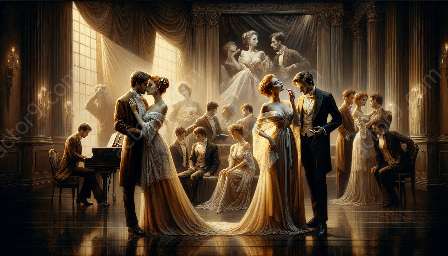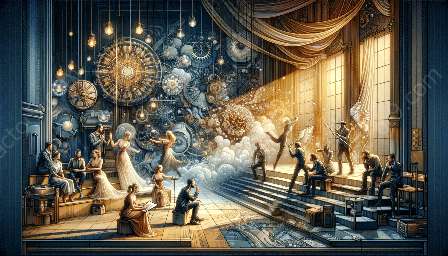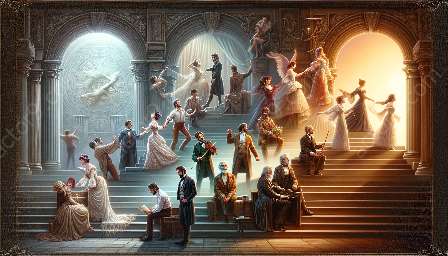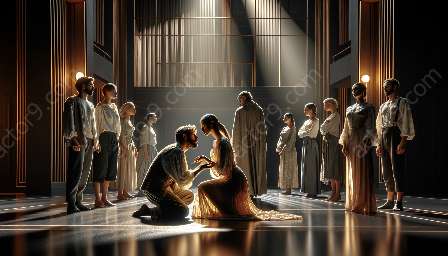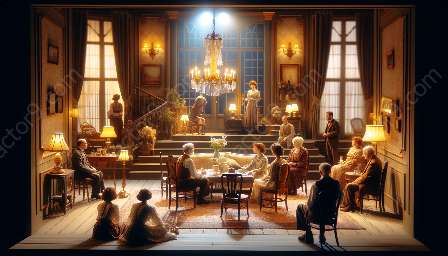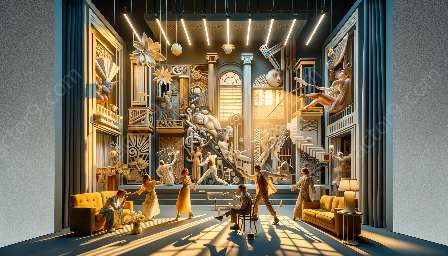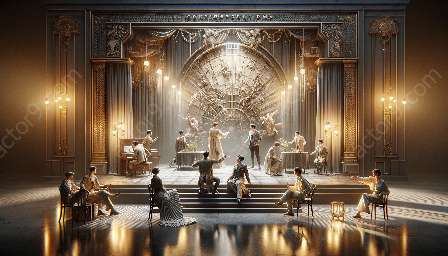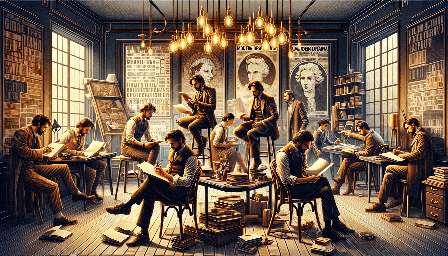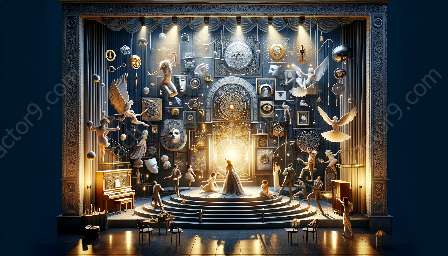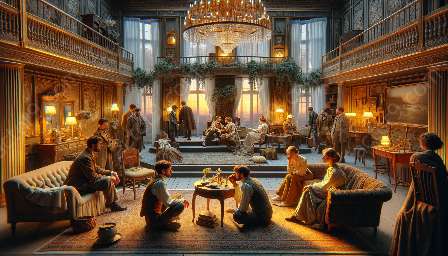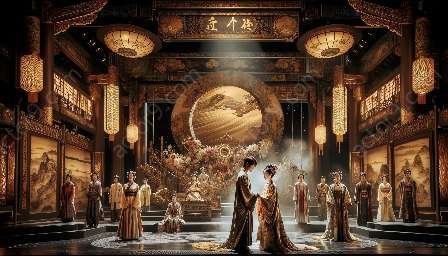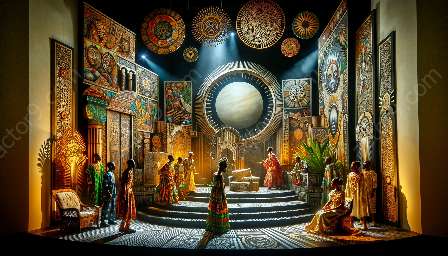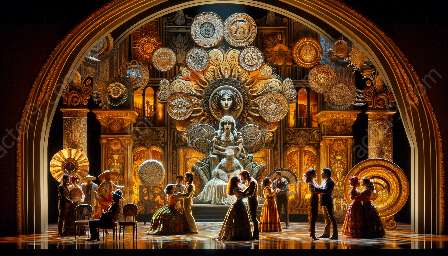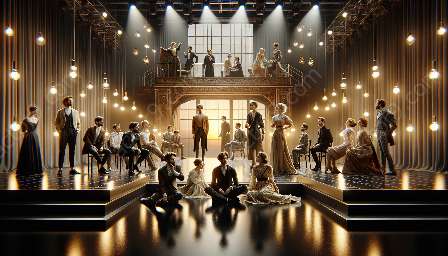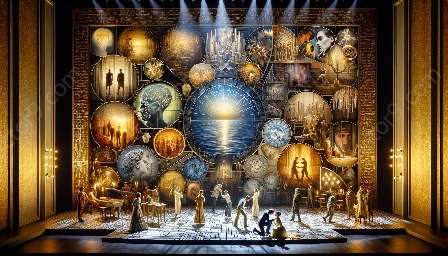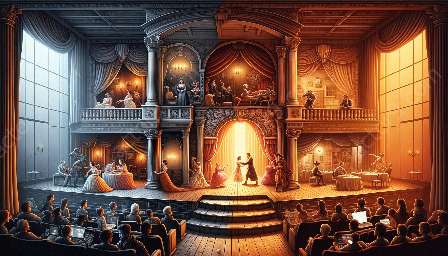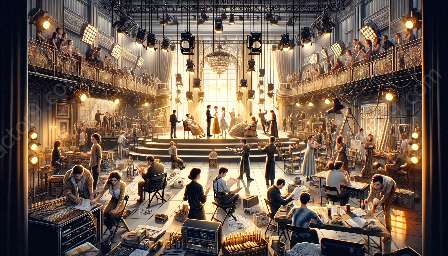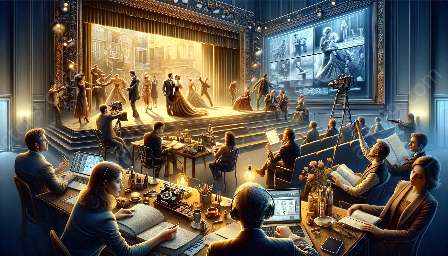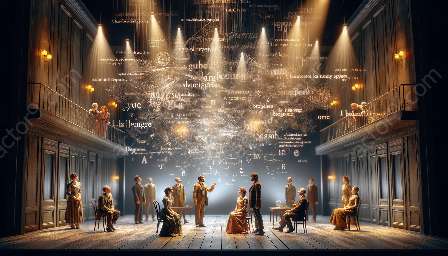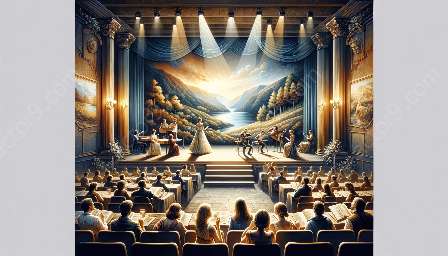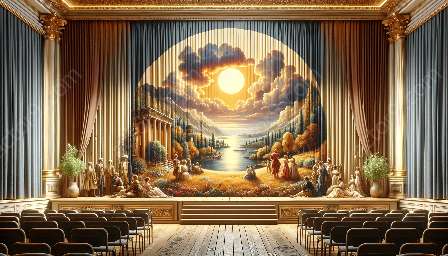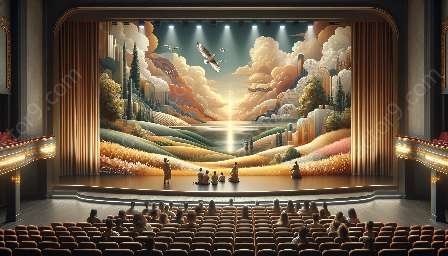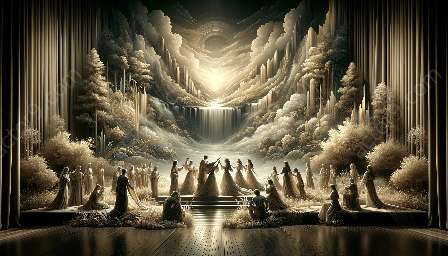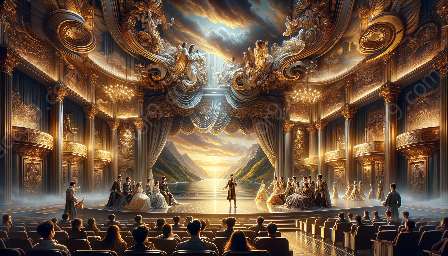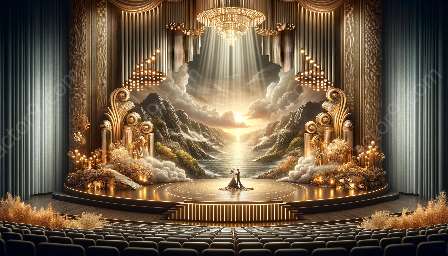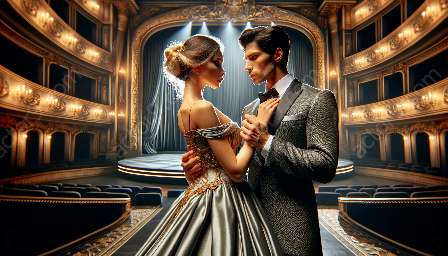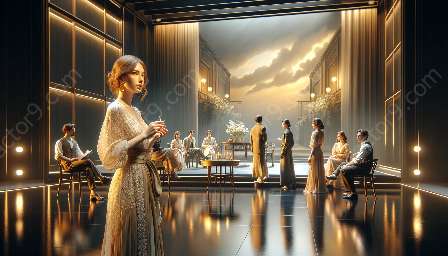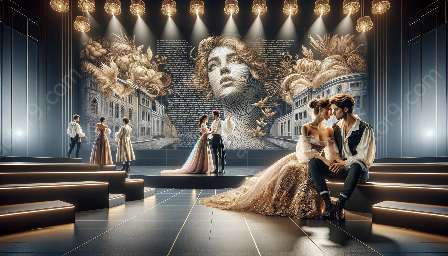Symbolism has been an integral part of theatrical presentations from ancient times to the modern era, influencing the way stories are told and emotions are conveyed on stage. This evolution of symbolism has deeply impacted contemporary theatre, shaping the way modern dramas are presented and interpreted by audiences.
Understanding the Evolution of Symbolism in Theatre
The use of symbols in theatre can be traced back to the ancient Greek and Roman performances, where costumes, masks, and props were used to represent characters and convey symbolic meanings. As theatre evolved through different historical periods, from the Elizabethan era to the Romantic movement and beyond, symbolism continued to play a crucial role in shaping the visual and emotional aspects of storytelling.
During the late 19th and early 20th centuries, the Symbolist movement in literature and art significantly influenced theatre, giving rise to a new form of expression that relied heavily on symbolic motifs, allegorical themes, and subconscious imagery. This movement paved the way for the emergence of avant-garde and experimental theatre, where symbolism was used to challenge traditional storytelling and provoke thought-provoking interpretations.
Impact of Symbolism on Modern Drama
In the context of modern drama, symbolism continues to be a powerful tool for directors, playwrights, and designers to communicate deeper meanings and evoke emotional responses. Symbolic elements such as color, lighting, sound, and set design are strategically employed to create atmospheres, represent abstract concepts, and convey the inner worlds of characters.
Moreover, the use of symbolic gestures, movements, and non-verbal communication in contemporary theatrical presentations adds layers of meaning to the narrative, enabling the audience to engage with the story on a multi-sensory level. Symbolism serves as a bridge between the conscious and subconscious realms, allowing for complex themes and emotions to be communicated with subtlety and depth.
Symbolism in Modern Drama
Modern drama often incorporates symbolic elements to address social, political, and existential themes, providing a platform for critical reflection and introspection. Playwrights and directors use symbolism to challenge conventions, break down barriers, and push the boundaries of traditional storytelling, resulting in thought-provoking and impactful performances that resonate with contemporary audiences.
The interplay between symbolism and modern drama has led to the emergence of diverse theatrical styles and movements, from absurdist theatre to postmodern experimentation, where symbolism is utilized to deconstruct reality, question established norms, and explore the human condition in an ever-changing world.
Conclusion
The evolution of symbolism in theatre has had a profound impact on contemporary theatrical presentation, shaping the way stories are told, emotions are conveyed, and ideas are communicated to audiences. Symbolism in modern drama continues to challenge traditional boundaries, offering a dynamic and multi-dimensional approach to storytelling that resonates with the complexities of the human experience.

